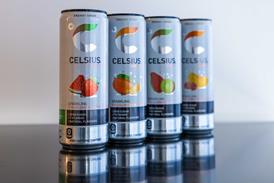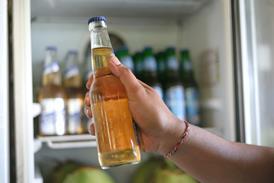Close menu
- Home
- Retail & Wholesale
-
Products & Suppliers
- Back to parent navigation item
- Products & Suppliers
-
Product Categories:
- Back to parent navigation item
- Product Categories:
- Alcoholic drinks
- Bakery
- Cereals & breakfast
- Cheese
- Chicken & poultry
- Chocolate
- Confectionery
- Crisps, nuts & snacks
- Dairy
- Fish
- Fresh produce
- Frozen
- Household
- Meat
- Own Label
- Sauces & condiments
- Seasonal
- Soft drinks
- Vaping
- Vegan & plant-based
- World foods
- Suppliers
- People
- Reports & Data
-
Topics A-Z
- Back to parent navigation item
- Topics A-Z
-
Popular topics:
- Back to parent navigation item
- Popular topics:
- Cost of living crisis
- Crime
- Deposit Return Schemes
- Finance
- Government & Regulation
- Health
- Inflation
- Loyalty
- Marketing
- Mergers & Acquisitions
- New Product Development
- Sourcing
- Supply chain
- Sustainability & environment
- Technology
- Ultra Processed Foods
- Vaping
- A-Z all topics
- Content by type:
- Events
- Ask iA (beta)
- Subscribe now
A bitter harvest: the trouble with Easter chocolate
By Jon Trask2025-04-18T15:42:00

In light of recent concerns around heavy metals appearing in chocolate, Jon Trask, CEO of Dimitra, looks at a number of solutions which can help farmers grow safe, edible cacao beans.
Recently, luxury chocolatier Lindt walked back its claims that its chocolate is ‘expertly crafted with the finest ingredients’ in response to a US class action lawsuit based on a Consumer Reports study alleging that Lindt’s dark chocolate contains high levels of cadmium and lead.
Already have an account? Sign in here
Already have an account? Sign in here






